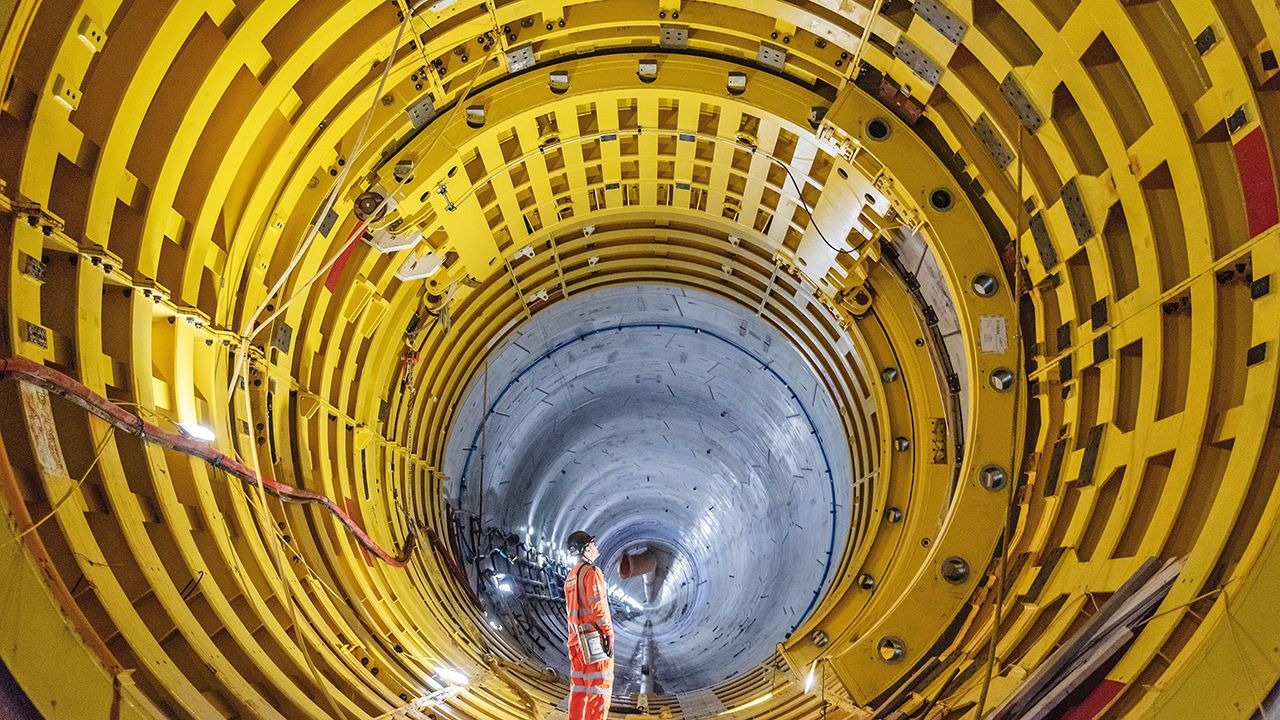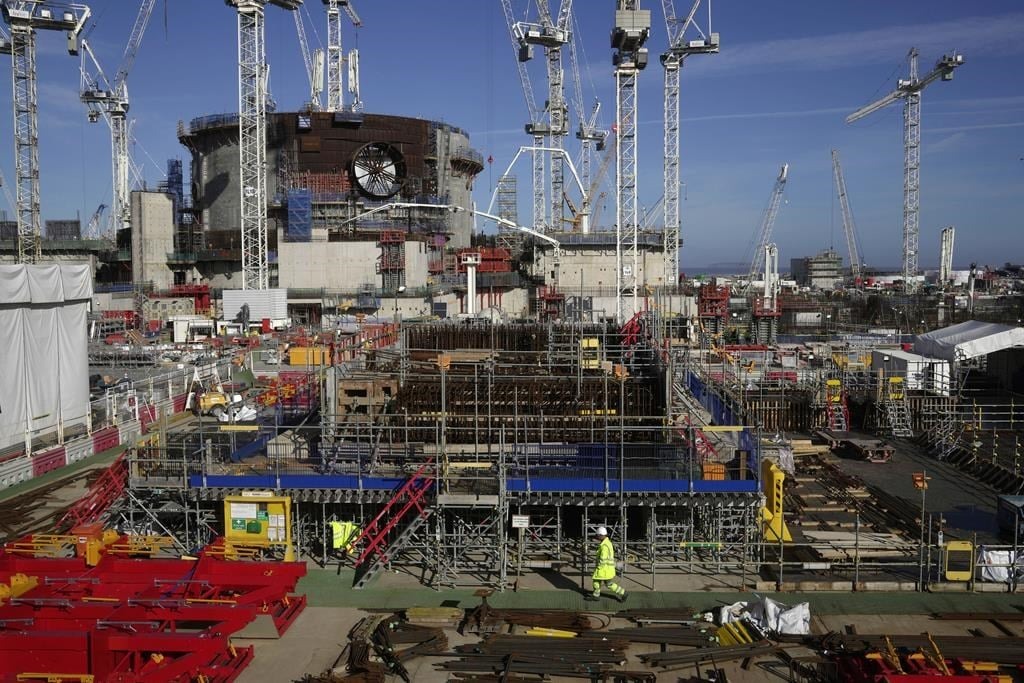The construction of the Hinkley Point C nuclear power station in Somerset marks a remarkable shift in Britain’s approach to nuclear energy after a hiatus of over 20 years. However, the project has faced considerable challenges, making it one of the most expensive nuclear power stations ever built.
Understanding the reasons behind its high costs and finding ways to make new nuclear power in Britain more affordable is crucial for the future of the country’s energy landscape.

Several factors contribute to the high costs of Hinkley Point C:
- Lack of Recent Experience: Hinkley Point C is Britain’s first nuclear power station in almost three decades. Without recent experience in constructing such facilities, there was a steep learning curve and a need to reestablish the necessary infrastructure and workforce, leading to inefficiencies and delays.
- Regulatory Complexity: The regulatory framework for nuclear power in the UK differs from that of other countries like France and South Korea. The Office for Nuclear Regulation (ONR) takes an outcome-based approach, requiring extensive design modifications and safety measures. This results in increased construction costs and delays as developers cross the regulatory process.
- Environmental Impact Assessment: The planning approval process for projects like Hinkley Point C involves exhaustive environmental impact assessments, leading to lengthy delays and additional costs. Mitigation measures, such as those related to marine life protection, add complexity and expense to the project.
- Safety Standards: While essential, stringent safety standards in the nuclear industry can remarkably increase costs. Safety measures related to reactor design, construction materials, and operational procedures incur additional expenses but are necessary to ensure public and environmental safety.
- Construction Challenges: Large-scale infrastructure projects like Hinkley Point C face logistical and technical challenges during construction, leading to delays and cost overruns. Multiple engineering requirements, site-specific conditions, and supply chain issues can increase construction costs.
To make new nuclear power in Britain more cost-effective, several measures can be considered:
- Regulatory Reform: Streamlining and aligning the regulatory process with international best practices can reduce the time and cost of obtaining approvals. Harmonizing safety standards and accepting certified designs from reputable regulators can expedite project timelines and lower costs.
- Planning Policy Reform: Simplifying environmental impact assessments and habitat regulations can reduce developers’ administrative burdens and shorten approval timelines. Flexible planning policies that allow for adaptive management and easier modification of project plans can improve efficiency and reduce costs.
- Investment in Innovation: Supporting research and development in nuclear technology, including small modular reactors (SMRs), can lead to more cost-effective and scalable solutions for future projects. Embracing innovative designs and construction methods can reduce costs while maintaining safety standards.
- International Collaboration: Collaborating with other countries on nuclear energy projects and regulatory frameworks can facilitate knowledge-sharing and cost-sharing opportunities. Leveraging international expertise and resources can accelerate project development and reduce financial burdens on individual countries.

Addressing the challenges facing new nuclear power projects in Britain requires a multifaceted approach that combines regulatory reform, policy innovation, and strategic investment.
By adopting a proactive and collaborative approach, the UK can unlock the potential of nuclear energy to meet its energy needs sustainably and affordably in the years to come.


